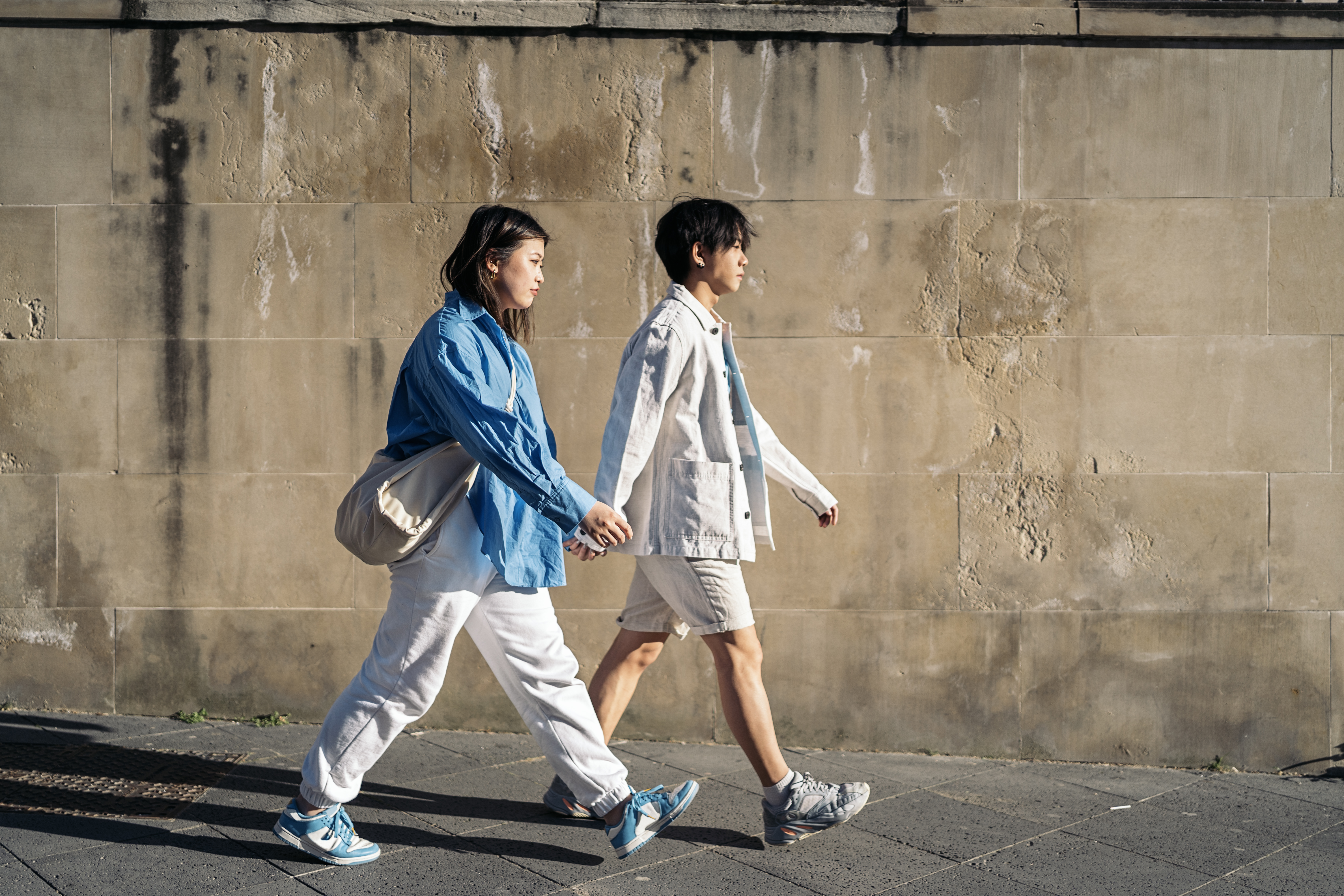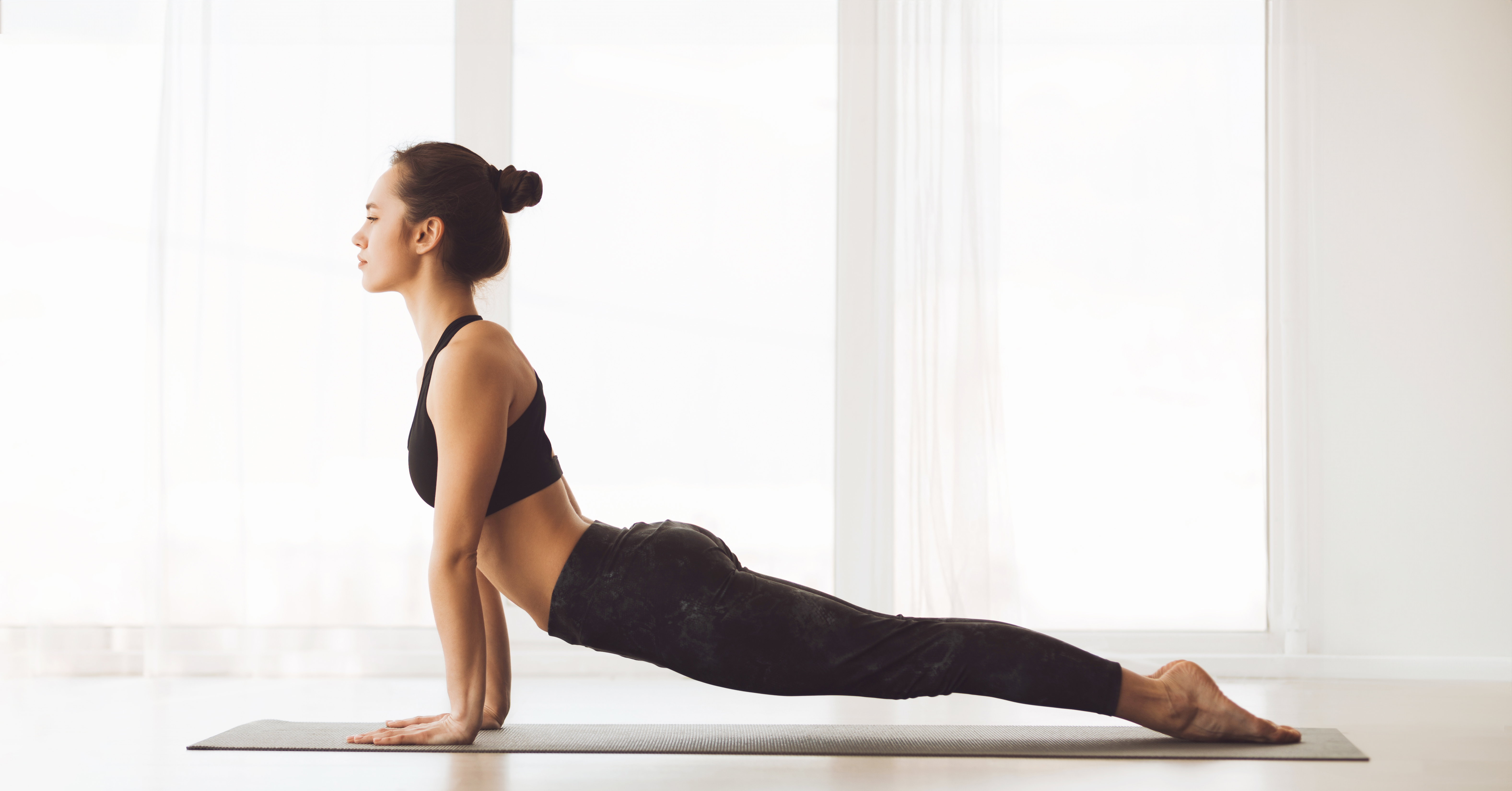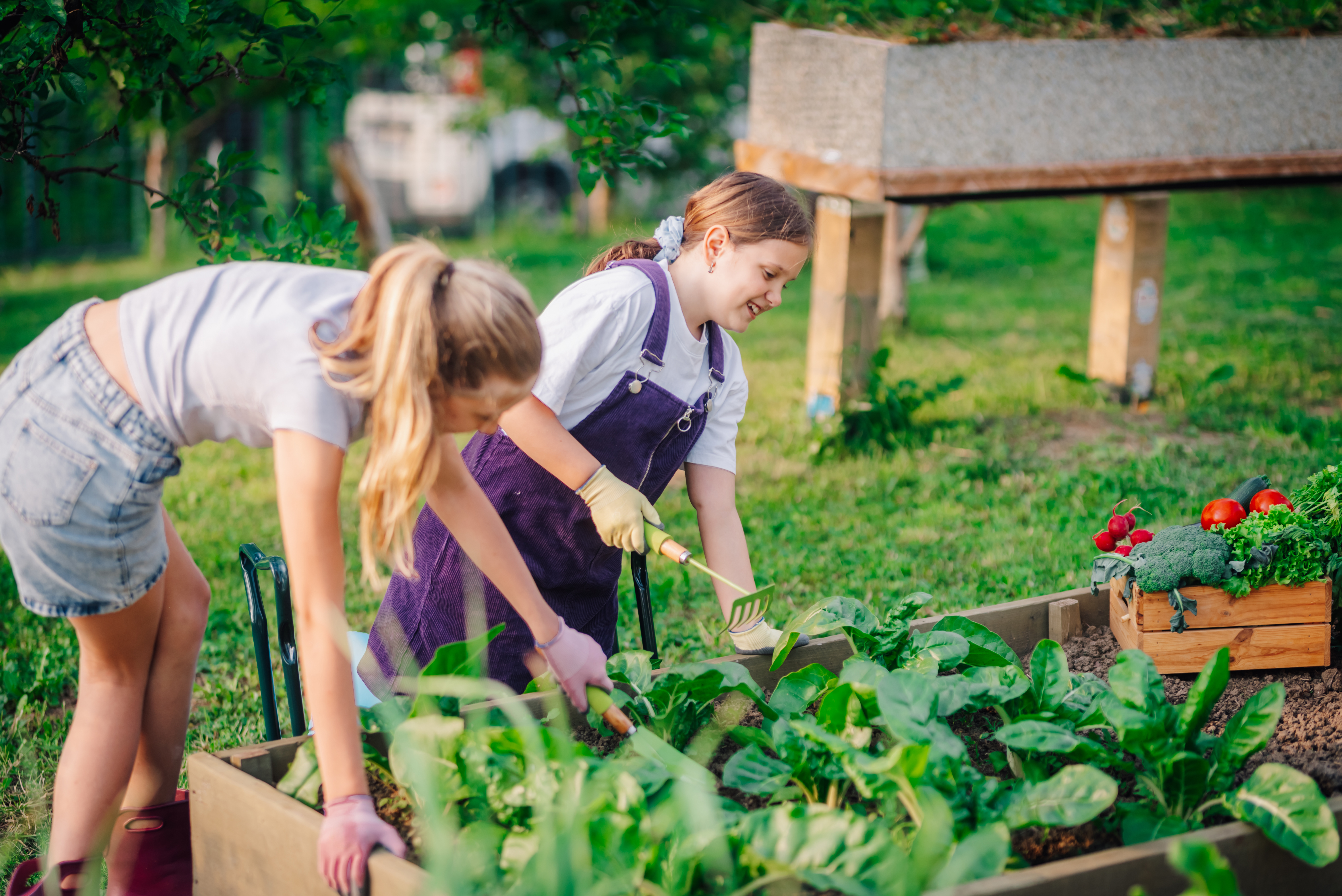Everyday Activities That Secretly Strengthen Your Balance
Balance, often overlooked, is a crucial aspect of our daily lives, influencing everything from physical health to mental well-being. While many associate balance with athletes or dancers, it plays a vital role in everyday activities. Surprisingly, numerous ordinary tasks can subtly enhance our sense of balance without us even realizing it. This article explores 10 such activities, each contributing uniquely to our equilibrium, coordination, and stability. By understanding and embracing these activities, we can not only improve our physical balance but also gain a deeper appreciation of how interconnected our daily routines are with our overall sense of equilibrium. Let’s delve into these activities and uncover how they contribute to a balanced life.
1. Walking: The Foundation of Balance

Walking is one of the simplest yet most effective ways to enhance balance. As a fundamental human activity, it engages a variety of muscles and requires coordination between different parts of the body. When walking, we constantly adjust our posture and gait to maintain stability, especially on uneven surfaces. This continuous adjustment strengthens the core muscles, improves proprioception, and enhances our ability to maintain balance. Additionally, walking in different environments, such as on grass, sand, or gravel, further challenges our balance, making it a versatile exercise for improving stability. Regular walking not only benefits physical balance but also boosts mental clarity and reduces stress, contributing to a holistic sense of well-being.
2. Yoga: The Mind-Body Balance Connection

Yoga is renowned for its ability to improve balance through a combination of poses that require concentration, flexibility, and strength. Each pose in yoga, from the tree pose to the warrior series, challenges the body’s balance by engaging different muscle groups and encouraging mindfulness. The practice of yoga enhances proprioception, which is the body's ability to sense its position in space, through slow and deliberate movements. This heightened awareness of body positioning helps in maintaining balance during everyday activities. Moreover, yoga's emphasis on breathing and meditation fosters a calm and focused mind, which is crucial for maintaining balance both physically and mentally.
3. Tai Chi: The Gentle Way to Stability

Tai Chi, often described as "meditation in motion," is a traditional Chinese martial art that focuses on slow, flowing movements. It is particularly effective in enhancing balance because it emphasizes weight shifting, controlled movements, and maintaining a stable center of gravity. Practicing Tai Chi improves muscle strength, flexibility, and reflexes, all of which are essential for good balance. The gentle, rhythmic nature of Tai Chi makes it accessible for people of all ages and fitness levels, providing a low-impact way to improve balance. Additionally, the meditative aspect of Tai Chi promotes relaxation and mental clarity, further supporting overall balance and stability.
4. Dancing: Rhythm and Balance

Dancing is a joyful expression of movement that naturally enhances balance. Whether it's ballet, salsa, or hip-hop, dancing requires coordination, agility, and rhythm, all of which contribute to a better sense of balance. The dynamic movements involved in dancing challenge the body's ability to maintain stability while transitioning between different positions and speeds. Dancing also improves muscle tone, flexibility, and cardiovascular health, creating a well-rounded physical foundation for balance. Beyond the physical benefits, dancing is a social activity that can boost mood and reduce stress, indirectly supporting mental balance and emotional well-being.
5. Gardening: Balance in Nature

Gardening might not seem like an obvious activity for improving balance, but it involves various physical movements that subtly enhance stability. Tasks such as bending, reaching, and lifting require coordination and strength, engaging the core and lower body muscles. Working in a garden often involves navigating uneven terrain, which challenges balance and proprioception. Additionally, the repetitive nature of gardening tasks encourages mindfulness and focus, promoting mental balance. The connection with nature and the satisfaction of nurturing plants can also reduce stress and improve mood, providing a holistic approach to enhancing balance through everyday activities.
6. Cooking: Culinary Coordination

Cooking involves a series of coordinated movements that can improve balance and dexterity. From chopping vegetables to stirring pots, cooking requires precision and control, engaging both fine and gross motor skills. Standing for extended periods while cooking also strengthens the core and leg muscles, contributing to better posture and balance. The act of moving around the kitchen, reaching for ingredients, and navigating tight spaces further challenges balance. Moreover, cooking can be a mindful activity that encourages focus and creativity, supporting mental balance. The satisfaction of creating a meal also enhances emotional well-being, making cooking a multifaceted activity for improving balance.
7. Playing Musical Instruments: Harmonizing Balance

Playing a musical instrument is an activity that requires coordination, timing, and concentration, all of which contribute to a better sense of balance. Whether it's playing the piano, guitar, or drums, musicians must coordinate their hands, fingers, and sometimes feet to produce harmonious sounds. This coordination strengthens neural pathways related to motor skills and proprioception, enhancing physical balance. Additionally, the mental focus required to read music and play an instrument supports cognitive balance. The emotional expression and creativity involved in making music also promote mental well-being, making playing an instrument a comprehensive activity for enhancing balance.
8. Cycling: Balance on Wheels

Cycling is a popular activity that requires a keen sense of balance and coordination. Riding a bicycle involves maintaining stability while pedaling, steering, and navigating various terrains. This constant adjustment enhances core strength, leg muscles, and proprioception. Cycling also improves cardiovascular health and endurance, providing a strong physical foundation for balance. The rhythmic nature of cycling can be meditative, promoting mental clarity and reducing stress. Whether cycling on a trail or through city streets, this activity offers a dynamic way to improve balance and enjoy the outdoors, contributing to both physical and mental well-being.
9. Playing Sports: Competitive Balance

Many sports inherently require and improve balance, whether it’s soccer, basketball, or tennis. Engaging in sports involves quick movements, changes in direction, and maintaining stability while performing complex actions. These activities enhance agility, coordination, and reflexes, all of which are crucial for good balance. Playing sports also strengthens muscles and improves cardiovascular health, supporting overall physical stability. Beyond the physical benefits, sports encourage teamwork, strategic thinking, and stress relief, promoting mental balance. The competitive and social aspects of sports provide motivation and enjoyment, making them an effective and engaging way to enhance balance.
10. Household Chores: Everyday Balance Builders

Household chores, though mundane, can significantly contribute to improving balance. Activities such as vacuuming, sweeping, and mopping require coordination and involve multiple muscle groups. These tasks often involve bending, reaching, and twisting, which engage the core and improve flexibility. Navigating around furniture and carrying items also challenges balance and proprioception. Performing chores mindfully can transform them into a form of exercise, promoting physical stability and mental focus. The sense of accomplishment from completing chores can enhance emotional well-being, demonstrating that even routine tasks can subtly enhance our sense of balance and contribute to a balanced life.
Embracing Balance in Everyday Life

As we have explored, balance is not merely a physical attribute but a holistic state that encompasses physical, mental, and emotional well-being. The 10 ordinary activities discussed—walking, yoga, Tai Chi, dancing, gardening, cooking, playing musical instruments, cycling, playing sports, and household chores—each offer unique ways to enhance balance. By incorporating these activities into our daily lives, we can improve our stability, coordination, and overall sense of equilibrium. Embracing these activities not only benefits our physical health but also enriches our mental and emotional lives, leading to a more balanced and fulfilling existence.
